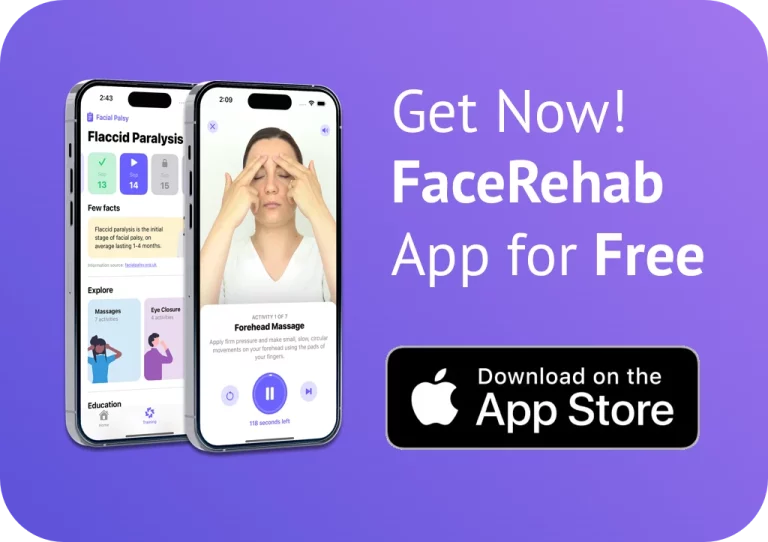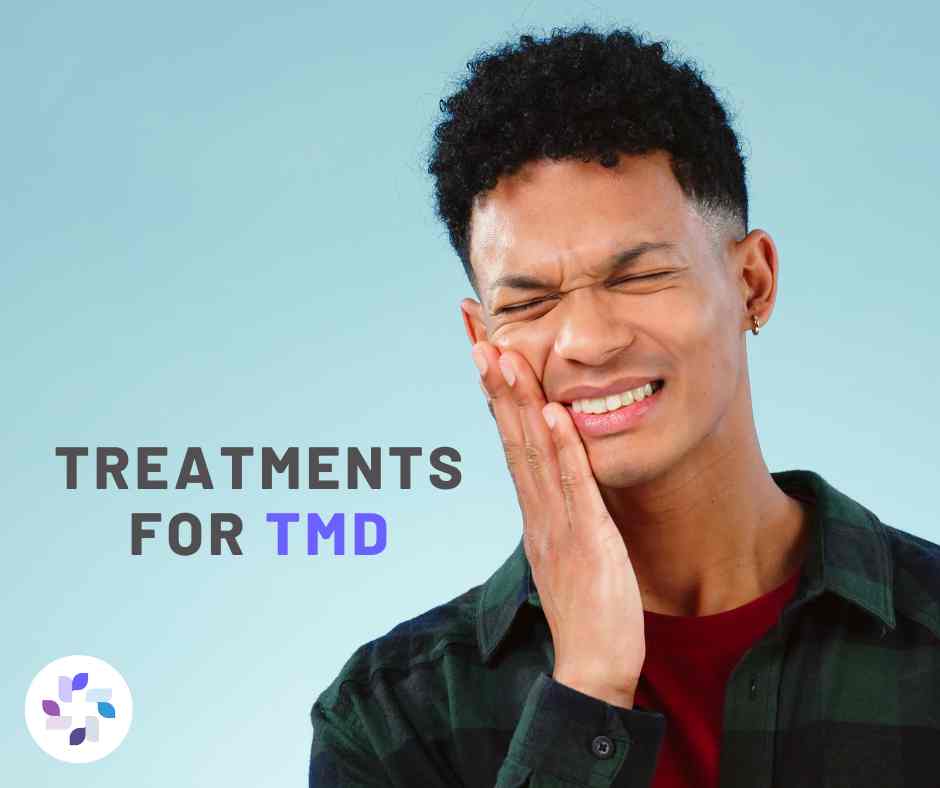Have you ever heard of facial paralysis? You may have, but you may also not know what it is and how it affects people. It can be frightening, but understanding the causes and possible treatments can help people who experience this issue. Let’s dive in to learn more about facial paralysis.
Read also: The Benefits of Facial Exercise at Home for Facial Paralysis
What is Facial Paralysis?
Facial paralysis, also known as Bell’s palsy, is a condition that occurs when the nerves that control the muscles in the face become damaged or inflamed. This can result in partial or complete loss of movement on one side of the face, and can cause a range of symptoms, including drooping of the mouth and eyelid, difficulty speaking and eating, and changes in facial expressions.
Common Cause
While the exact cause of facial paralysis is often unknown, it is believed to be related to viral infections, such as the herpes simplex virus or the flu. In some cases, it can also be caused by trauma to the face, such as a blow to the head, or by certain medical conditions, such as multiple sclerosis or diabetes.
Treatments
Treatment often involves a combination of medications and therapies, such as corticosteroids to reduce inflammation, antiviral drugs to treat infections, and physical therapy to help improve muscle function. Surgery may also be necessary to repair damaged nerves or to reposition the eyelid to prevent dry eye.
While facial paralysis can be a distressing and challenging condition, it is essential to remember that most people recover fully or partially over time. In the meantime, there are many ways to manage the symptoms and maintain a good quality of life, such as using eye drops to keep the eye moist, wearing glasses or an eyepatch to protect the eye, and using facial massage and exercises to help improve muscle function.
Conclusion
Overall, facial paralysis is a complex condition that requires careful management and treatment. With the proper support and interventions, most people with the condition can recover and lead fulfilling lives.
To support your treatment, we recommend practicing facial exercises. Try out our FaceRehab app for free or consult online with specialized doctors.








